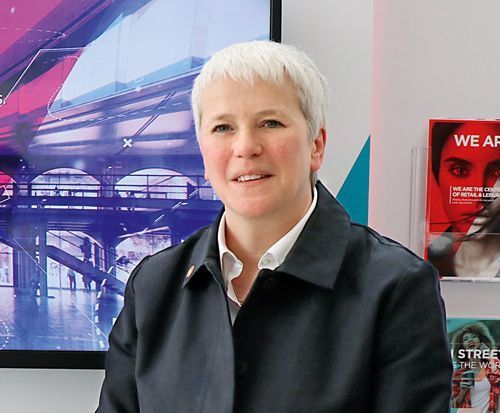Yvonne Court, partner, EMEA co-head of cross-border retail, Cushman & Wakefield: The first time I came to Poland was in around 1996, quite a long time ago. Poland is much more modern now than it was back then. I have been visiting Warsaw and the major cities to get a sense of the retail market in the country and they have changed considerably. The CEE retail market has clearly undergone a period of significant change and this will continue as it does elsewhere. I visited the Czech Republic for the first time in 1990, just after the revolution. That market has developed from having almost no retail of international quality into having retailers we find in other major cities across the world, such as London or Paris. Some of the newest shopping centre developments in Poland and elsewhere in the CEE region are now of a similar quality, or even better, than some we see in more mature retail markets.
Have you worked on introducing a brand to the CEE or on the launch of a CEE brand outs































































